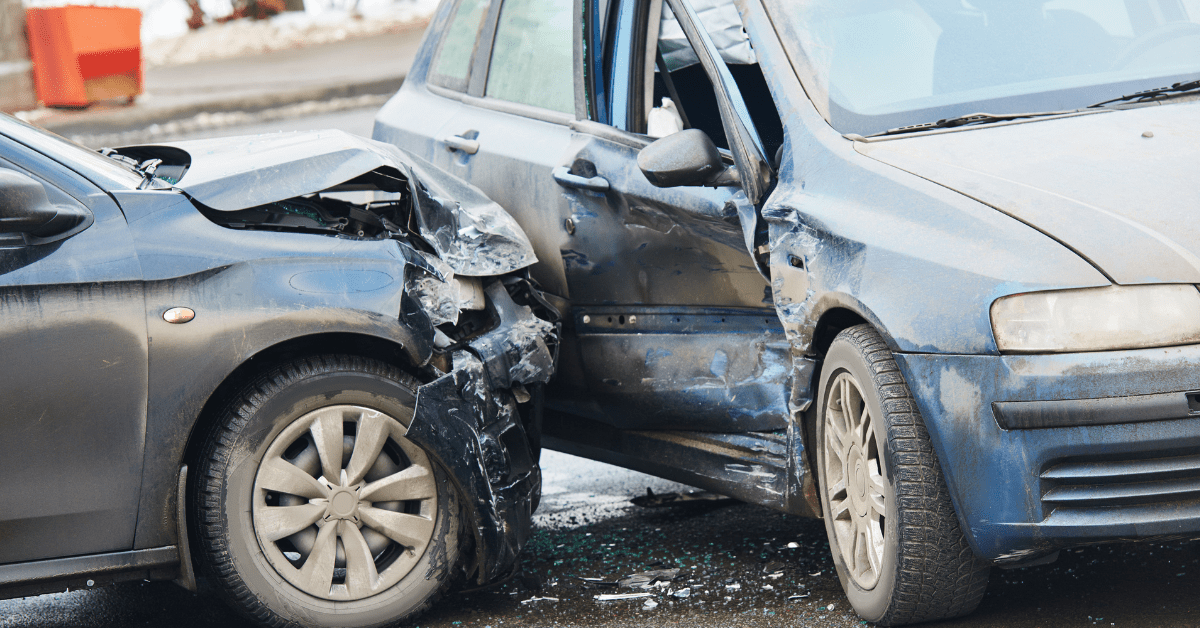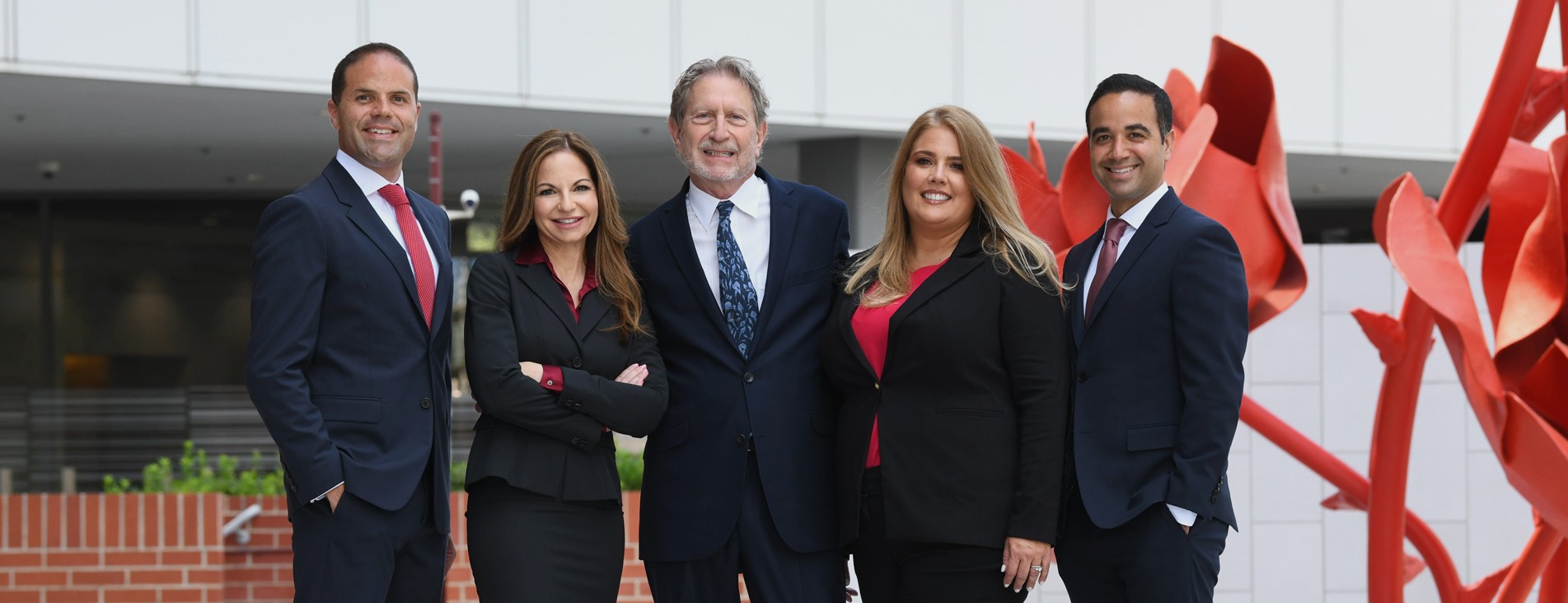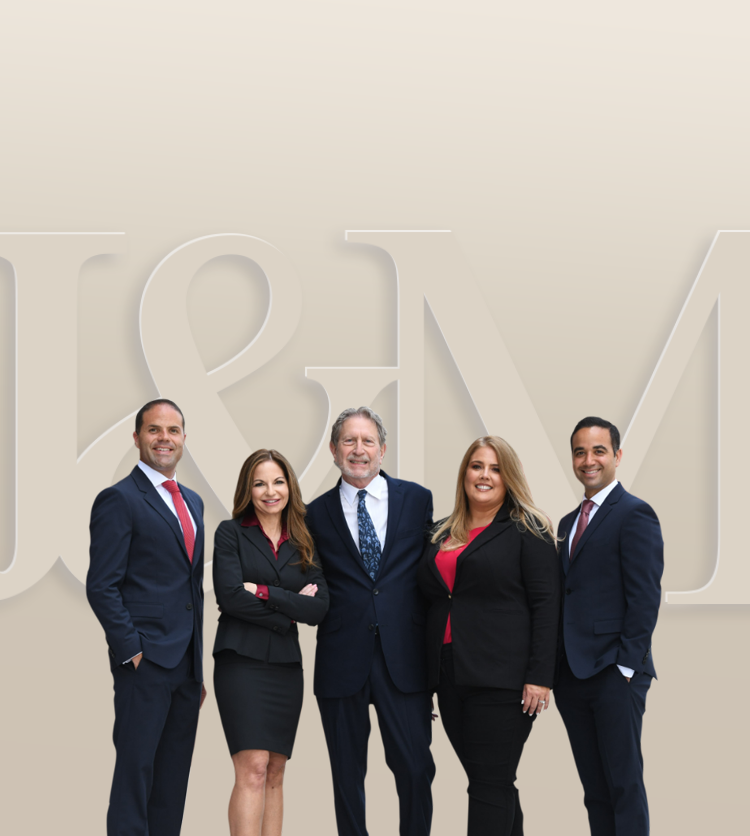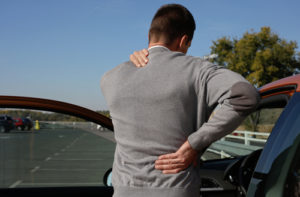After getting injured in a car accident, common sense dictates that you should first receive medical care and get in stable condition. Then, you need to figure out who’s at fault so you know how to get compensation for your accident-related bills. However, different types of car accidents can have unique implications in terms of liability. For instance, a t-bone car accident can seem straightforward, but depending on the circumstances, it can get complicated quickly.
Learn more about t-bone accidents and who can become at fault for this type of case:
What Is A T-Bone Car Accident?
A t-bone car accident is generally self-explanatory: it happens when one car hits another vehicle on its side (either the left or right). This then forms a “T” shape similar to a t-bone steak, hence the name. This type of accident is quite common, yet it’s also one of the most dangerous. The sides of cars have minimal protection from impact, making occupants seated in these areas prone to severe injuries.
Who Is At Fault For A T-Bone Car Accident?
Most drivers believe that the car with front-end damage is at fault for a t-bone car accident. However, an experienced car accident attorney will tell you otherwise. You must thoroughly look at the crash’s circumstances to determine liability accurately.
One of the essential details of a t-bone car crash is how the collision happened. Usually, they happen when you’re:
- Making a left turn through an intersection
- Leaving a driveway
- Leaving a parking lot space
- Making a U-turn
- Making a left out of a center turn lane
Any situation that can cause two cars to form a T-shape can be considered a t-bone car accident. It can also happen in multi-vehicle crashes, where one car gets turned sideways before another vehicle collides with it. Violating traffic rules is the most common cause of t-bone car accidents. These violations include:
- Running red lights
- Drunk driving
- Speeding
- Running stop signs
- Distracted while driving
Liability ultimately depends on the details of the crash. However, they might not be immediately visible. Luckily, a car accident lawyer can help you sort out evidence and witness statements to determine who’s the at-fault party.
Proving Fault in T-Bone Car Accidents
When dealing with a t-bone car accident, proving fault is essential. The only way to determine options for compensation is by properly looking at all possibilities implied by the accident’s circumstances. Here are some questions that can potentially pinpoint fault:
- Who had the right-of-way?
- Was another road rule broken?
- Did the vehicles have defects?
- Were the traffic lights defective?

You can read more about these factors here. Naturally, the fault must be with the negligent party who acted carelessly, resulting in the crash. However, some details can show that more than one party contributed to the collision. These factors can also complicate your case. In these instances, it’s best to consult a car accident attorney as soon as possible. They can help you review all possibilities and provide an accurate estimate of your compensation amount.
Consult An Attorney
A t-bone car accident may look like a simple case upfront. However, it can become complex as you move forward with investigations. Most of the time, an injured accident victim wouldn’t know what to do next.
After dealing with doctors and hospitals to receive treatment for your injuries, how well can you handle the messy legalities of your case? Fortunately, you don’t have to do it all alone. Consulting a car accident attorney can make all the difference. They can help you through all the paperwork and processes so you can focus on healing.
Likewise, our car accident attorneys here at Jacoby and Meyers can also help you:
- Prove negligence
- Define the Cost of Damages
- Build a strong claim
- Negotiate a Settlement
- Proceed with important deadlines in mind
Give us a call today at 888-960-0480 for a free consultation. We are available 24 hours a day, 7 days a week, to help you.
Call or text 888-522-6291 or complete a Free Case Evaluation form








